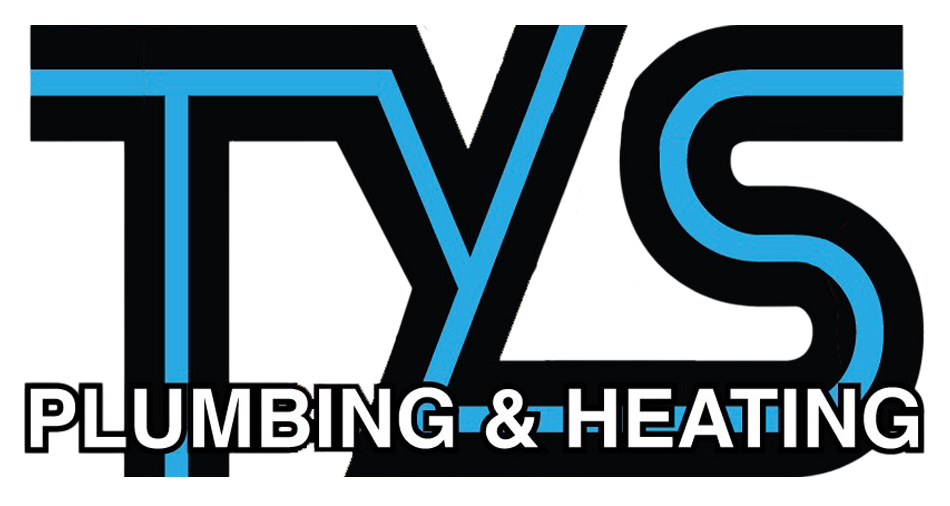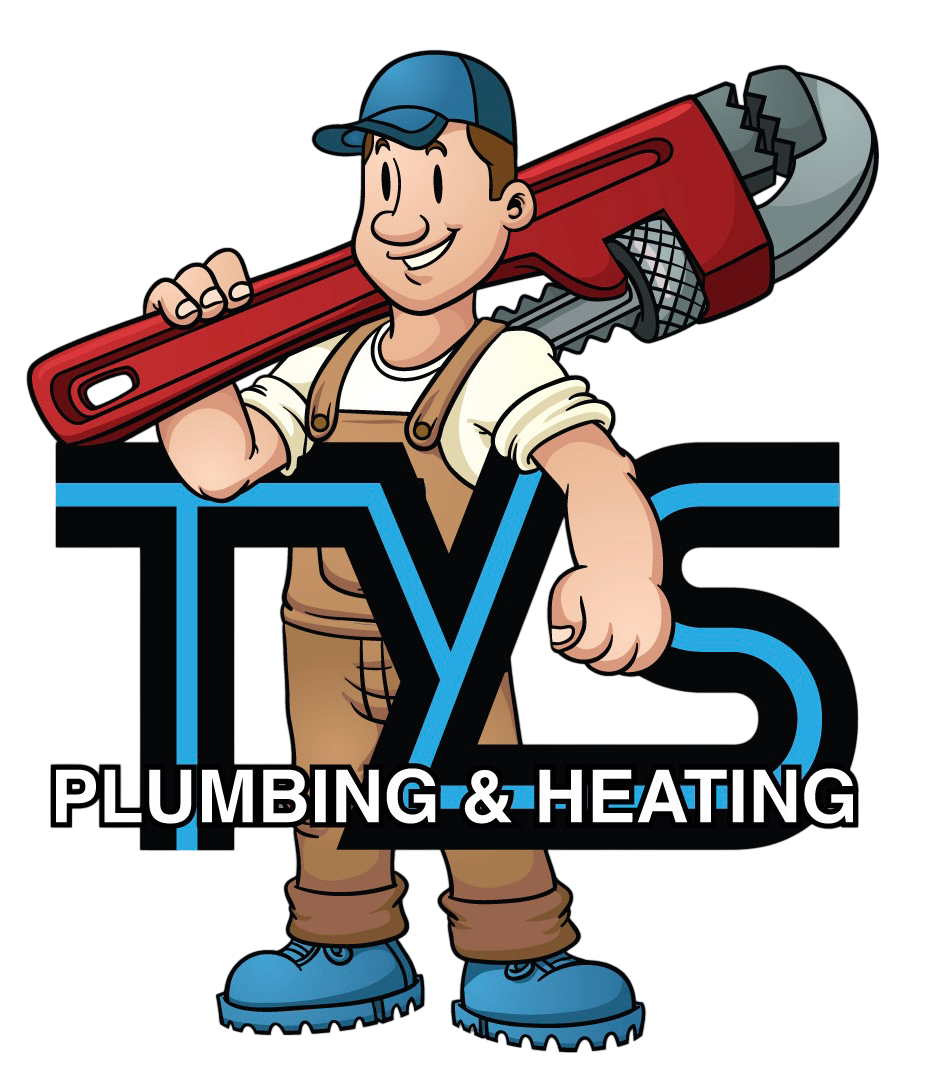Living in the Fraser Valley comes with its pros and cons. One of the cons are the colder winters that we can experience out here. To stay prepared and warm during the winter months, it’s essential that your home is equipped with the best heating equipment possible. Older homes in the Fraser Valley often have furnaces while newer ones come with heat pumps. In this post we are going to explore their differences and go over which one is right for your home.
What is a Heat Pump?
A heat pump is a device that transfers heat from one place to another. In the winter, it pulls heat from the outside air (even in cold temperatures) and pumps it into your home to provide warmth. In the summer, the process reverses, and the heat pump works as an air conditioner by transferring heat from inside your home to the outside. Heat pumps are known for their energy efficiency because they use electricity to move heat rather than generate it.
What is a Furnace?
A furnace, on the other hand, is a traditional heating system that generates heat by burning fuel (gas, oil, or electricity) or using electric resistance to warm up air. The heated air is then distributed through your home via ducts. Furnaces have been used for many years and are a reliable choice for homeowners who need consistent heating, especially in regions with extremely cold winters.
Key Differences Between Heat Pumps and Furnaces
1. Energy Efficiency
When it comes to energy efficiency, heat pumps typically have the edge. Since a heat pump simply moves heat rather than creating it, it can deliver multiple units of heat for every unit of energy it uses. This makes it significantly more efficient than a furnace, which has to burn fuel or use electric resistance to produce heat. In fact, a heat pump can be 3-4 times more efficient than a furnace, making it a more eco-friendly and cost-effective option in the long run.
Furnaces, however, can still be highly efficient, particularly modern high-efficiency gas furnaces. The efficiency of a furnace is typically measured by its Annual Fuel Utilization Efficiency (AFUE) rating, with newer models reaching up to 98% efficiency. While this is quite efficient, it still can’t match the heat pump’s ability to provide more heat with less energy.
2. Climate Considerations
The climate in your region is a critical factor when deciding between a heat pump and a furnace. Heat pumps work best in mild to moderate climates, where temperatures rarely dip below freezing. While they can still operate in colder climates, their efficiency decreases as the outside temperature drops. In extremely cold weather, a heat pump may need to rely on an auxiliary heating system, such as electric resistance heating, which can be less energy-efficient.
On the other hand, furnaces are ideal for colder climates. They can generate heat regardless of the outside temperature, making them perfect for regions that experience harsh winters. If you live in an area with extreme cold, a furnace may be the better choice for ensuring reliable heat during the winter months.
3. Installation Costs and Complexity
When it comes to upfront installation costs, furnaces tend to be more affordable, especially in homes that already have the necessary infrastructure, such as gas lines and ductwork. Installing a furnace is typically a straightforward process, and installation costs are usually lower than those for a heat pump.
Heat pumps, however, require more complex installation. If your home doesn’t already have ductwork in place, you may need to install ducts, which can add to the overall cost. Additionally, if you are considering a ground-source heat pump (geothermal heat pump), the installation can be significantly more expensive due to the need for ground loops.
4. Maintenance and Lifespan
Both heat pumps and furnaces require regular maintenance to ensure optimal performance. Heat pumps need annual servicing to check the refrigerant levels, inspect the coils, and ensure the system is working efficiently. Because they operate year-round, heat pumps may require more frequent maintenance than furnaces, which are typically only used in the winter months.
Furnaces generally have a longer lifespan than heat pumps. A furnace can last anywhere from 15 to 30 years, while a heat pump usually lasts between 10 and 15 years. However, the lifespan of both systems depends on how well they are maintained and the quality of the installation.
5. Environmental Impact
Heat pumps have a clear advantage when it comes to environmental impact. Since they don’t rely on burning fossil fuels and instead transfer heat, they produce fewer emissions and are generally considered a greener option. This makes heat pumps an excellent choice for homeowners looking to reduce their carbon footprint and rely on renewable energy sources.
Furnaces, particularly those that burn natural gas or oil, produce greenhouse gas emissions, contributing to climate change. However, if you live in an area where electricity is generated from renewable sources, a furnace can still be a relatively eco-friendly option, especially when compared to older, less efficient heating systems.
Which Is Right for Your Home?
Choosing between a heat pump and a furnace depends on several factors, including your climate, energy efficiency goals, and long-term budget. Here are some key takeaways:
Heat Pump: Ideal for mild climates where winters are not extremely harsh. Heat pumps are energy-efficient, eco-friendly, and work well for year-round comfort (providing both heating and cooling).
Furnace: Best for colder climates where consistent, reliable heat is required. Furnaces are more effective in freezing temperatures and offer long-lasting performance.
Contact us at TYS Plumbing & Heating for more information regarding heating systems for your home and how you can stay warm during the cold winter months.

